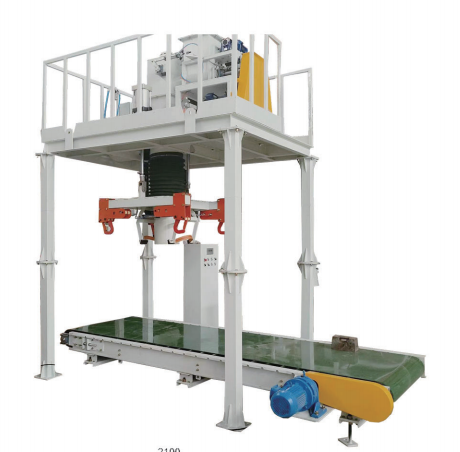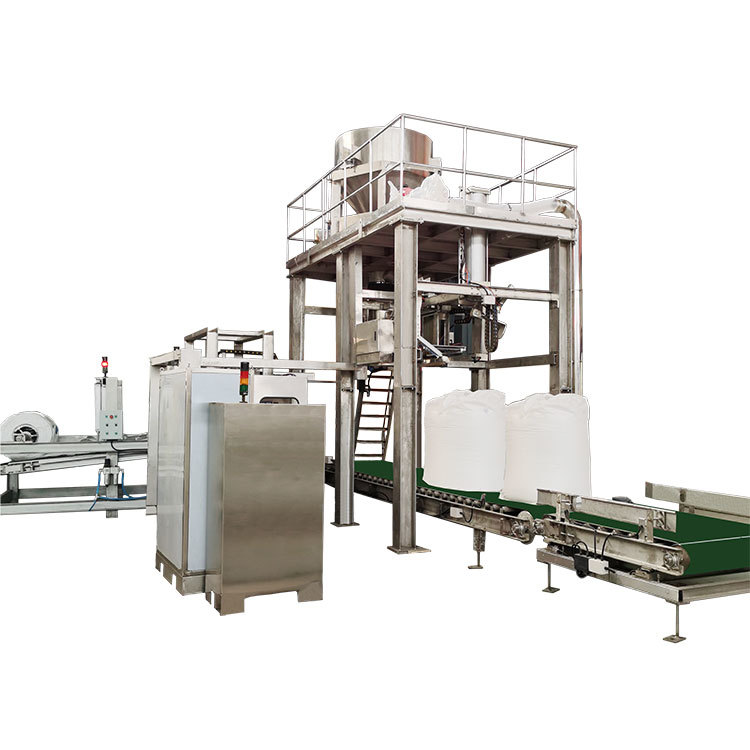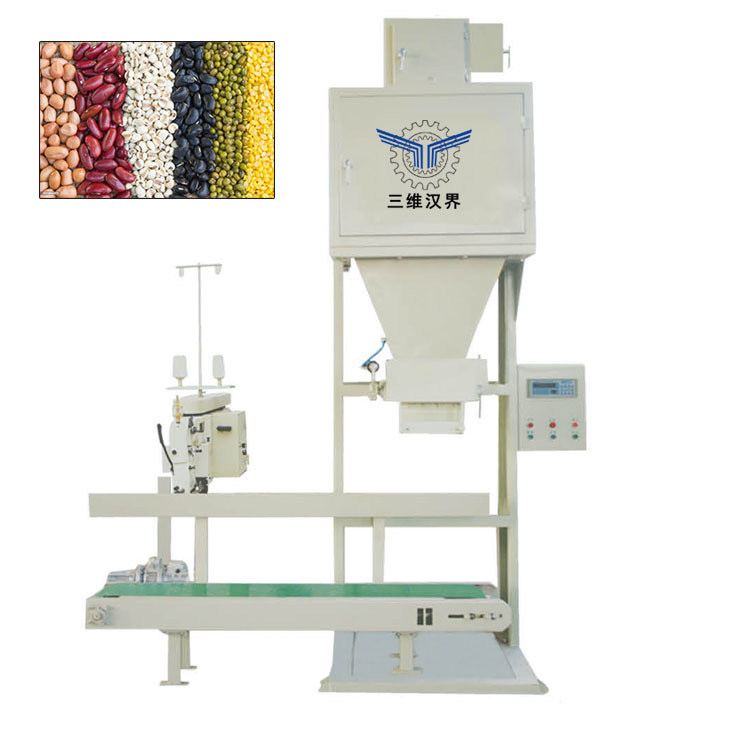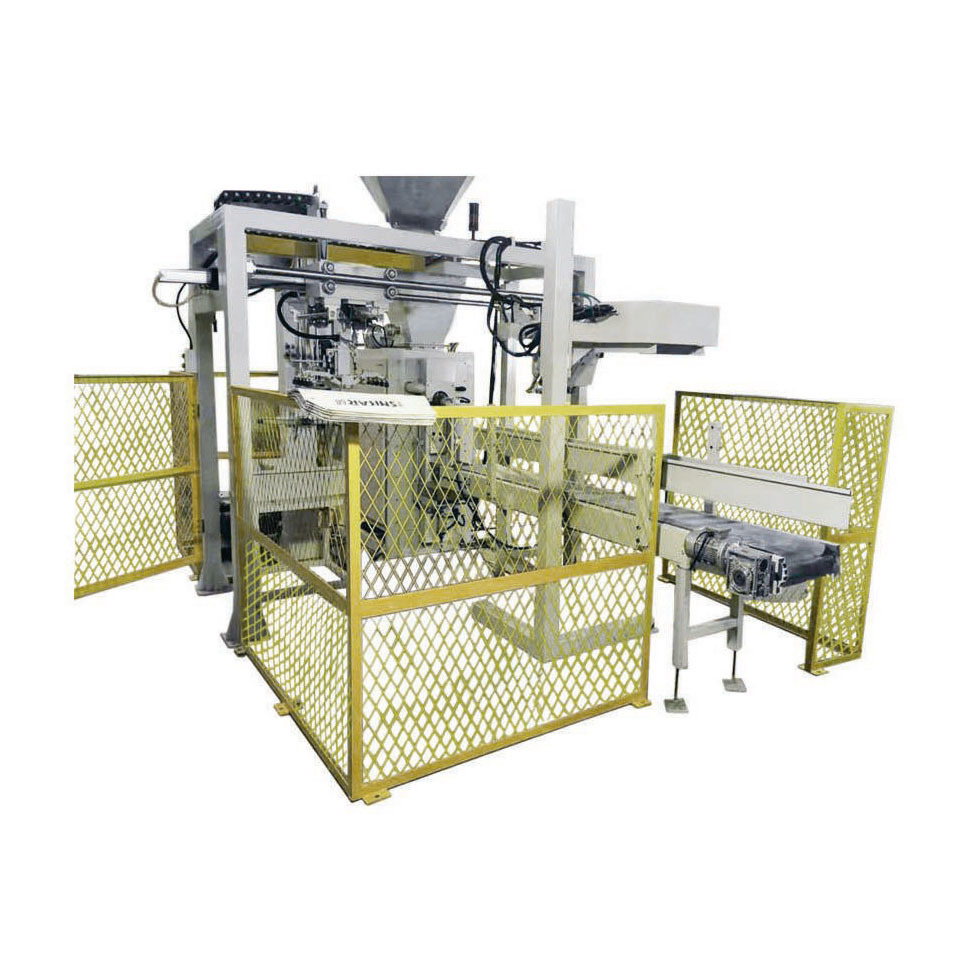Product classification
Intelligent loading technology
Classification:
Key words:
Smart driving technoiogy
Smart Loading mechine
Intelligent Loading technology
E-mail:
Product Details
Intelligent loading is an intelligent lifting equipment that integrates intelligent technology and parallel intelligent algorithms. Suitable for logistics operations such as lifting, handling, and loading/unloading of goods in various industrial scenarios, it is an important component of smart factories. Its equipment adopts advanced motor drive technology, sensor technology, and intelligent control systems, achieving efficient, accurate, and safe intelligent operation, greatly improving production efficiency. Empowered by new technologies, it not only enables intelligent operations but also makes it more convenient, providing more solid technical equipment support for intelligent applications in various industries.
Intelligent Loading
1. Automated operation: Intelligent loading can achieve automated operation of lifting and handling processes through an automated control system. This automated operation can reduce the need for manual intervention, and improve work efficiency and safety.
2. Precise control: Intelligent loading can achieve precise control of lifting objects through high-precision sensors and control systems.This precise control can ensure stability during lifting and handling, and avoid load shaking and errors.
3. Anti-swing control: During lifting and handling, factors such as the weight and shape of the lifted object can easily cause the boom to swing and shake. Intelligent overhead cranes can control and suppress this kind of swing through an anti-swing control system, improving the safety and stability of work.
4. Intelligent diagnosis and maintenance: Intelligent loading can achieve intelligent diagnosis and maintenance of equipment through built-in sensors and monitoring systems. This intelligent diagnosis and maintenance can timely detect equipment problems and faults, and provide corresponding repair suggestions to improve the reliability and service life of the equipment.
5. Data collection and analysis: Intelligent loading can achieve real-time collection and analysis of work data through data collection and analysis systems. These data can help enterprises understand the actual operation of equipment, and optimize workflow and efficiency.
6. High flexibility: Intelligent loading can achieve more flexible operation and handling through its advanced control system and algorithms. For example, it can achieve multi-axis linkage, enabling accurate grasping and handling of lifting objects with complex shapes and positions.
Characteristics of Intelligent Loading
1. Efficient lifting: The use of high-strength, high-rigidity materials, with a powerful motor drive system, can easily withstand the weight of large cargo to ensure efficient lifting.
2. Accurate positioning: equipped with high-precision sensors, and real-time monitoring of loading position and cargo status, to ensure accurate positioning and safe operation in the process of lifting.
3. Intelligent control: Adopt an advanced control system to realize automatic lifting operation, reduce manual intervention, and improve work efficiency.
4. Multiple protection: overload protection, undervoltage protection, overcurrent protection, and other multiple safety protection measures to ensure the safe operation of equipment in harsh environments.
5. Remote monitoring: through mobile APPs or cloud platforms, the running status and fault diagnosis of the equipment can be monitored in real time, which is convenient for users to manage remotely.
6. Convenient maintenance: The simple and easy-to-understand maintenance interface is designed to facilitate users to carry out daily maintenance and repair, and reduce operation and maintenance costs.
Intelligent loading application scenarios
Factory: Used for lifting and handling various products on the production line, effectively improving production efficiency.
Port and dock: Assist in loading and unloading goods, and improve the efficiency of dock operations.
Logistics Center: During the goods transportation process, it realizes the rapid handling and loading and unloading of goods.
Construction site: used for transporting building materials such as steel bars, cement, etc., to reduce the labor intensity of workers.
Warehouse: Suitable for the handling and loading and unloading of various types of warehouse goods. Implement intelligent warehouse management.
Not suitable for manual work: in harsh environments such as garbage disposal and high temperatures.
In summary, intelligent loading has achieved intelligence in automation operation, precise control, anti-swing control, intelligent diagnosis and maintenance, data collection and analysis, etc., improving work efficiency and safety, and reducing labor costs. It is one of the important equipment for enterprises to achieve automation and intelligent production. In addition, intelligent loading can also achieve real-time interaction between production information and logistics information, connecting multiple information flows such as feeding, loading, production, offline, storage, and shipping, comprehensively improving production efficiency.

Related Downloads
Online Inquiry
*Note: Please make sure to fill in the information accurately and maintain smooth communication. We will contact you as soon as possible














